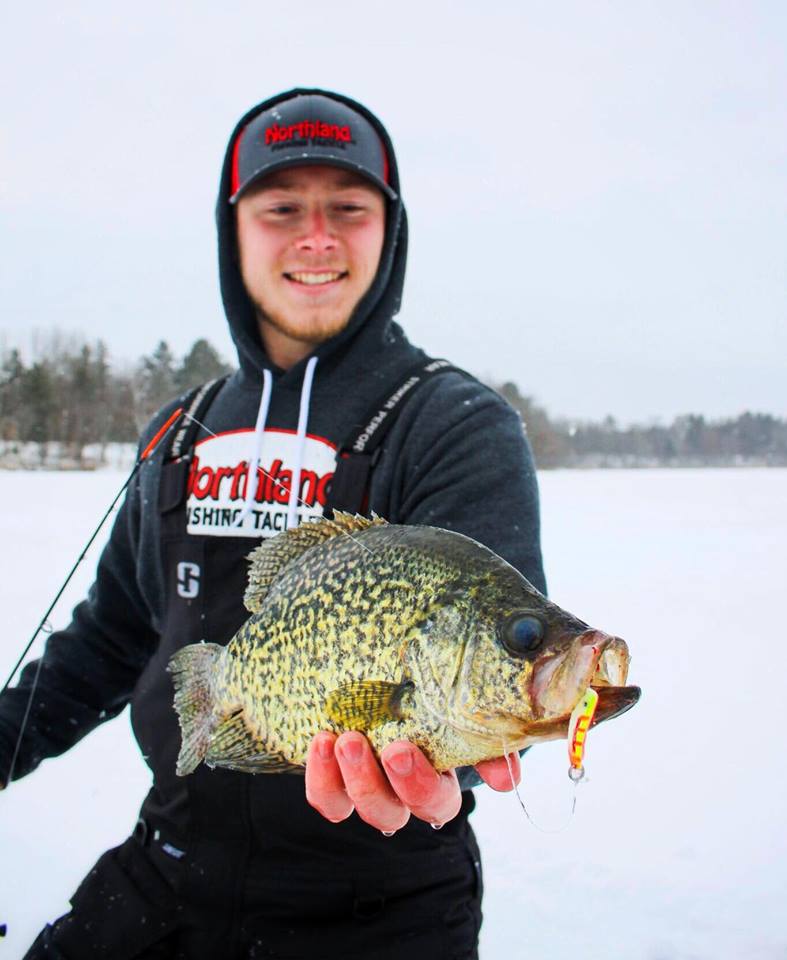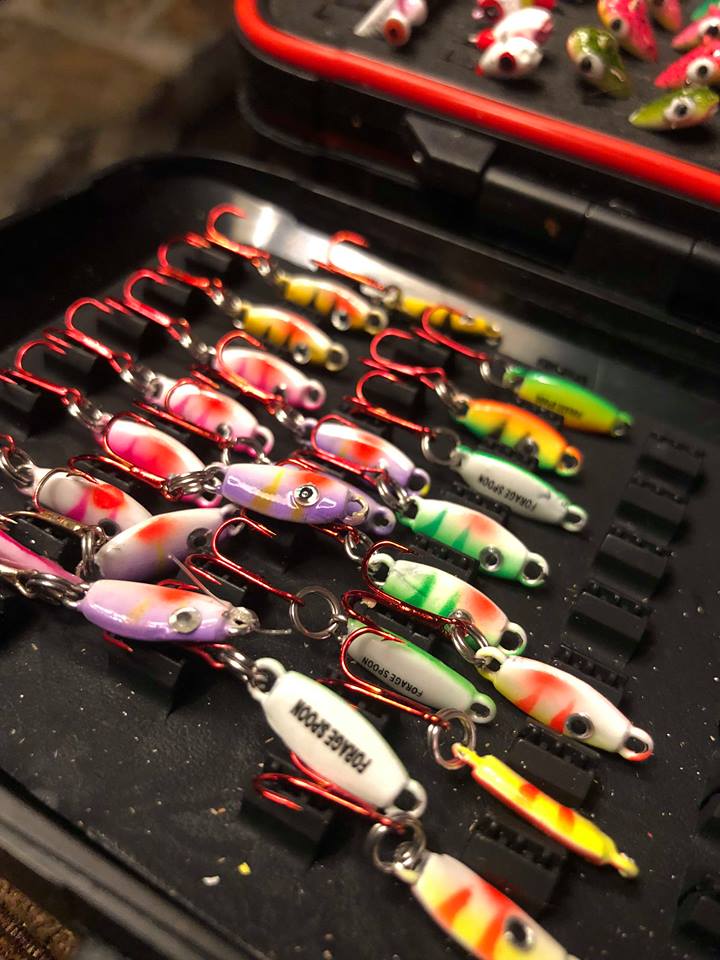
Northern Minnesota lakes are arguably some of the best for world-class panfish fishing. To plan for successful early ice fishing trips, scouting in the fall using your electronics can really give you that edge in finding fish early in the ice season. To this technique, I give a lot of credit to my findings this ice season, along with doing the research in looking at lake maps and DNR fishery reports to find healthy populations of a particular target species. At this time of the year, panfish are in mid-transition from shallow water weed transitions to deep weed lines and basins. Much of my panfish fishing success this ice season has been finding deep standing weed lines in 18-24 feet of water that transitions to sand or lay down vegetation.

Crappies and other panfish will be cruising those weed lines, and drilling holes in a grid formation to allow you to stay on the move by hole hopping is a great way to stay on top of them. Crappies are also starting to move into the deep basins suspended off the bottom as high as 15-20 feet. When fishing deep water, I use tungsten jigs and spoons as tungsten is denser, allowing the lure to sink faster to get down to the fish quicker. The Forage Minnow® Spoon from Northland Fishing Tackle® is amongst my favorites for any type of panfish fishing. Loading baits up with waxworms always works, but if it’s frigid cold out and you don’t want to freeze your fingers off having to re-bait constantly, Impulse® Plastics are the perfect substitute for a waxworm.
Have a safe ice season and as always, tight lines!
~ Garrett Haglin Fishing
Northland Fishing Tackle® Pro Staff

